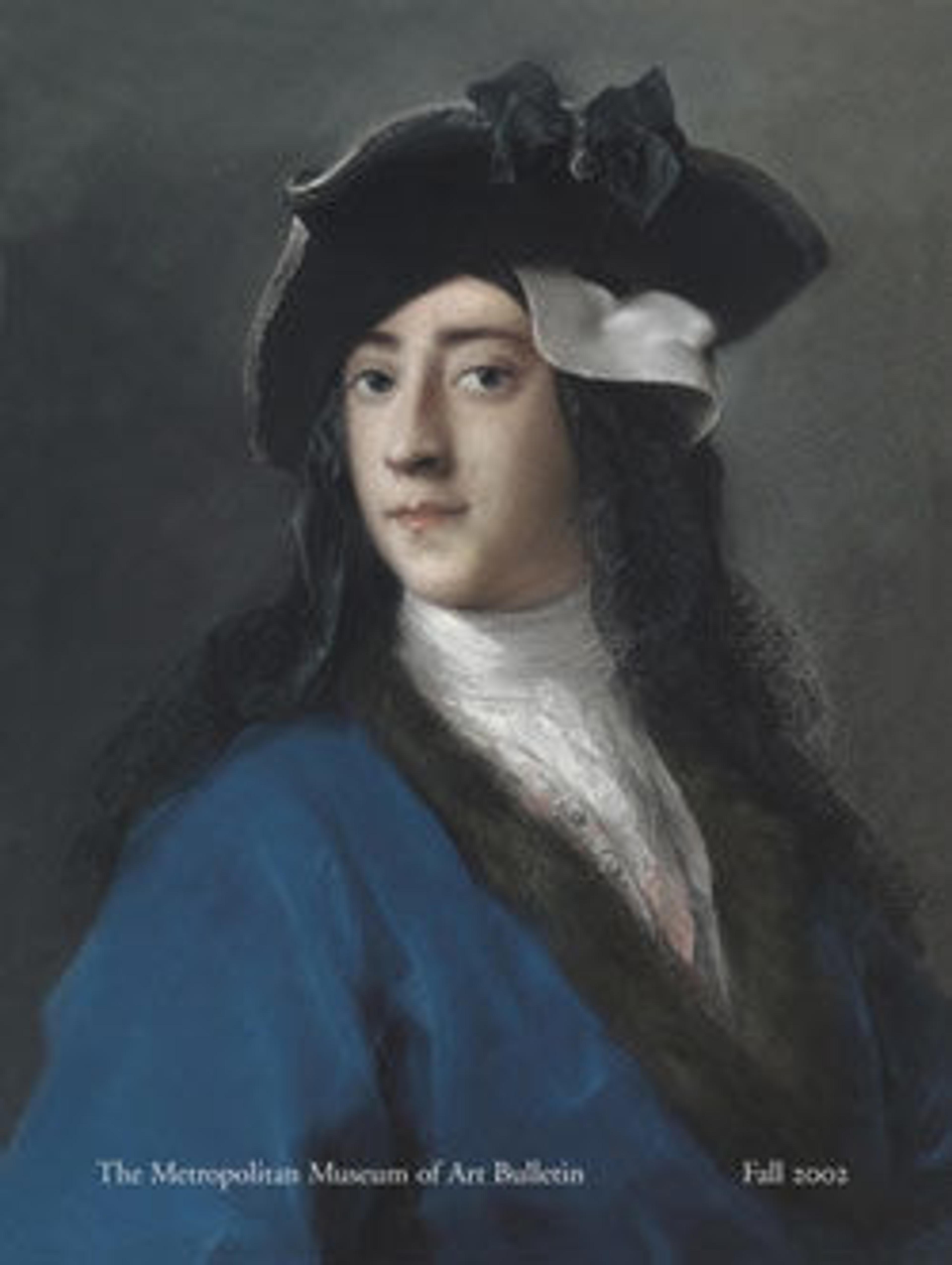Man Holding a Jug
This painting is not a portrait of an identifiable sitter, but rather a character study of a man Sweerts recruited as a professional model. Clutching a tankard and glass, with a pipe and loose tobacco before him, the man embodies the pleasures of the senses. At the same time, his thoughtful and individual expression makes him transcend any mere type or moralizing lesson.
Artwork Details
- Title: Man Holding a Jug
- Artist: Michiel Sweerts (Flemish, Brussels 1618–1664 Goa)
- Date: ca. 1660
- Medium: Oil on canvas
- Dimensions: 19 3/8 x 15 3/8 in. (49.2 x 39.1 cm)
- Classification: Paintings
- Credit Line: Gift of Herman and Lila Shickman, 2001
- Object Number: 2001.613
- Curatorial Department: European Paintings
More Artwork
Research Resources
The Met provides unparalleled resources for research and welcomes an international community of students and scholars. The Met's Open Access API is where creators and researchers can connect to the The Met collection. Open Access data and public domain images are available for unrestricted commercial and noncommercial use without permission or fee.
To request images under copyright and other restrictions, please use this Image Request form.
Feedback
We continue to research and examine historical and cultural context for objects in The Met collection. If you have comments or questions about this object record, please contact us using the form below. The Museum looks forward to receiving your comments.
